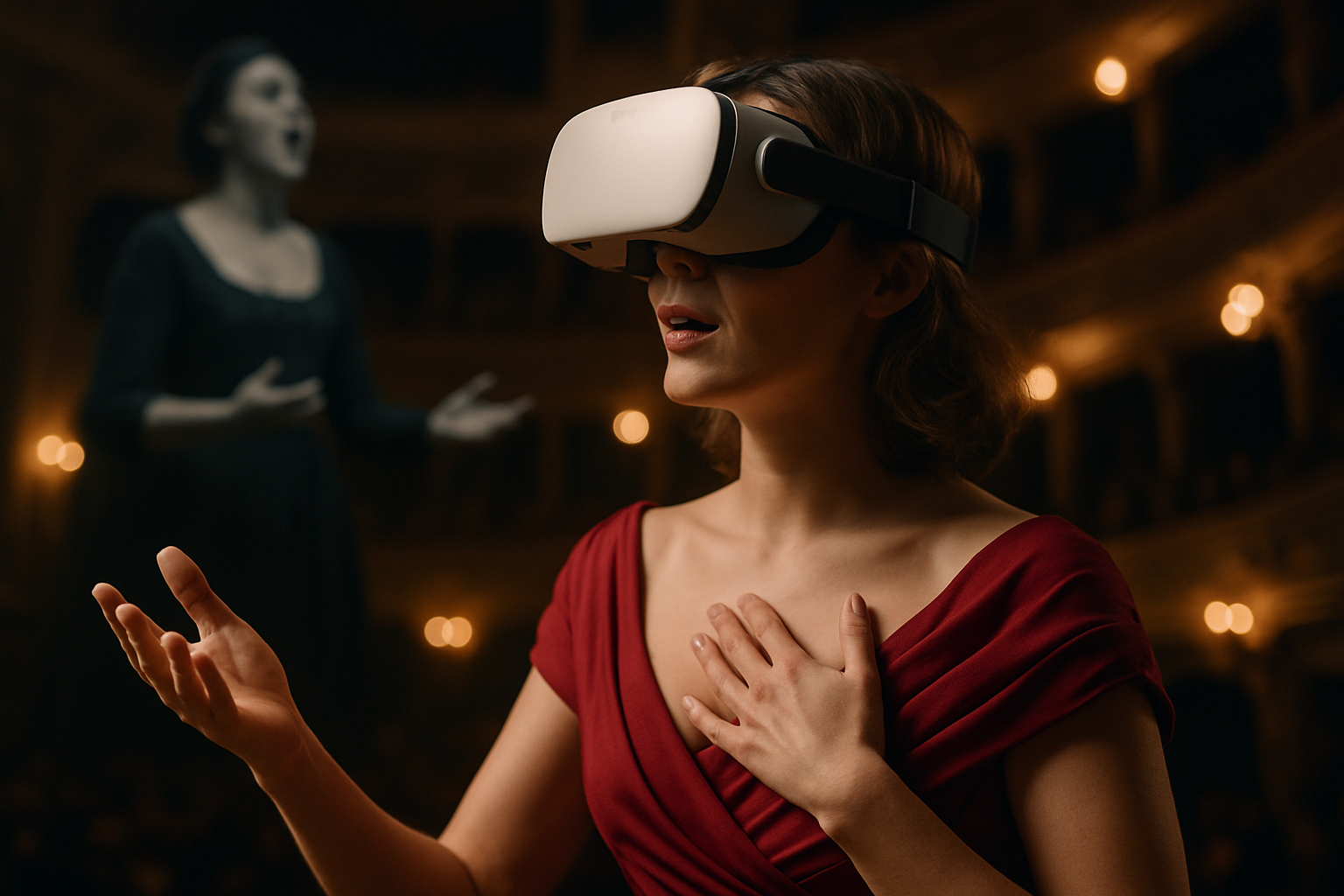Accessible Production Techniques for Inclusive Projects
Inclusive production techniques prioritize participation, dignity, and meaningful access for diverse audiences and contributors. This article outlines practical approaches for creating accessible projects across formats—live, digital, and hybrid—emphasizing collaboration, thoughtful curation, and measurable engagement strategies that center accessibility from concept through delivery.

Accessible Production Techniques for Inclusive Projects
Creating inclusive projects requires more than retrofitting accessibility at the last minute. Planning with accessibility and inclusion in mind from the outset improves creative outcomes, broadens audiences, and reduces costly changes later in production. This article looks at practical techniques across collaboration, curation, exhibition, platforms, and evaluation, helping producers, curators, technologists, and creative teams design projects that are accessible, engaging, and sustainable.
How can collaboration support inclusive production?
Effective collaboration starts with diverse representation in decision-making roles. Invite people with lived experience of disability, varied language backgrounds, and different cultural perspectives into early production meetings and planning sessions. Create accessible communication methods—captioned meeting recordings, plain-language agendas, and multiple feedback channels—to ensure participation. Collaboration should also include technical partners, accessibility consultants, and community organizations to align creative goals with practical accommodations. When teams co-create with intended audiences, projects are more likely to reflect real needs and result in authentic engagement rather than token gestures.
How does curation affect accessibility and audiences?
Curation shapes how work is presented and understood, so accessibility must be part of curatorial strategy. Provide clear content descriptions, trigger warnings, and multiple ways to access interpretive material, such as audio guides, tactile models, or easy-read labels. Consider audience flow and physical navigation for exhibitions, ensuring wide aisles, designated quiet spaces, and seating options. For digital curation, prioritize semantic HTML, alt text for images, descriptive captions for audio-visual pieces, and logical navigation that works with keyboard and assistive technologies. Thoughtful curation improves comprehension and invites a wider range of audiences to engage meaningfully.
What production practices support accessibility across formats?
Technical production choices influence accessibility in both live and digital contexts. Adopt universal design principles in set, lighting, and sound: adjustable lighting levels, clear sightlines, and audio clarity reduce barriers for many visitors. In digital production, follow accessibility standards such as WCAG for color contrast, keyboard navigation, and media alternatives. Use plain language in scripts and program notes, and provide multiple formats for materials (PDFs with tags, HTML pages, and accessible e-books). Build accessibility checks into production milestones so that each department—design, sound, video, web—validates features before launch.
How can immersive and hybrid formats remain accessible?
Immersive and hybrid projects bring extra complexity but can be designed to include diverse needs. For immersive installations, offer alternative pathways and modes of interaction: tactile elements, haptic feedback, or audio-only versions for those who cannot engage visually. For hybrid events that combine in-person and online audiences, synchronize captioning, sign language interpretation, and multi-camera views to allow remote participants tailored perspectives. Ensure platforms support streaming captions, audio descriptions, and low-bandwidth options. Pilot sessions with users representing different accessibility needs can reveal unforeseen friction points and guide refinements.
What should producers consider about licensing, platforms, and monetization?
Licensing and platform choices influence what accessibility features you can deliver and sustain. When negotiating licensing, secure rights to create accessible versions—captioned clips, audio descriptions, or transcripts. Choose distribution platforms that support accessibility features such as caption files, multiple audio tracks, and keyboard-friendly interfaces. For monetization, consider tiered pricing that includes concessions, pay-what-you-can models, or sponsored free access for community members who may be priced out. Transparent communication about accessibility features and accessible ticketing processes helps remove financial and logistical barriers for audiences.
How can engagement and metrics measure inclusion and impact?
Define metrics that reflect accessibility goals, not just attendance numbers. Track qualitative feedback from participants with diverse needs, measure completion rates for accessible content, and monitor engagement across channels—comments, shares, and time spent with accessible features. Use surveys in accessible formats and conduct short interviews with participants who use specific accommodations. Analyze platform analytics for differential drop-off points that might indicate accessibility issues. Iterative evaluation—testing, measuring, and refining—ensures accessibility is a living part of production practice rather than a one-time checkbox.
Conclusion
Accessible production techniques combine creative planning, inclusive collaboration, and practical technical standards to make projects welcoming and usable for diverse audiences. By embedding accessibility into curation, production choices, platform selection, and evaluation, teams can create experiences that are both artistically rich and broadly reachable. Ongoing feedback and measurable goals keep accessibility improvements grounded in real-world use and evolving needs.





